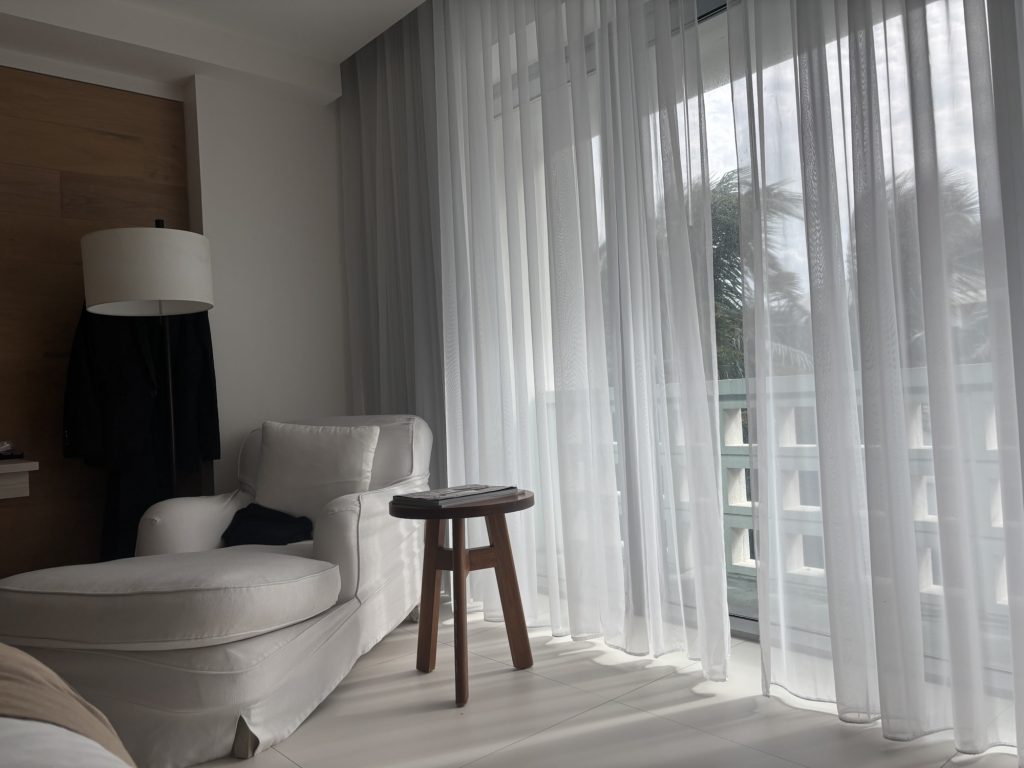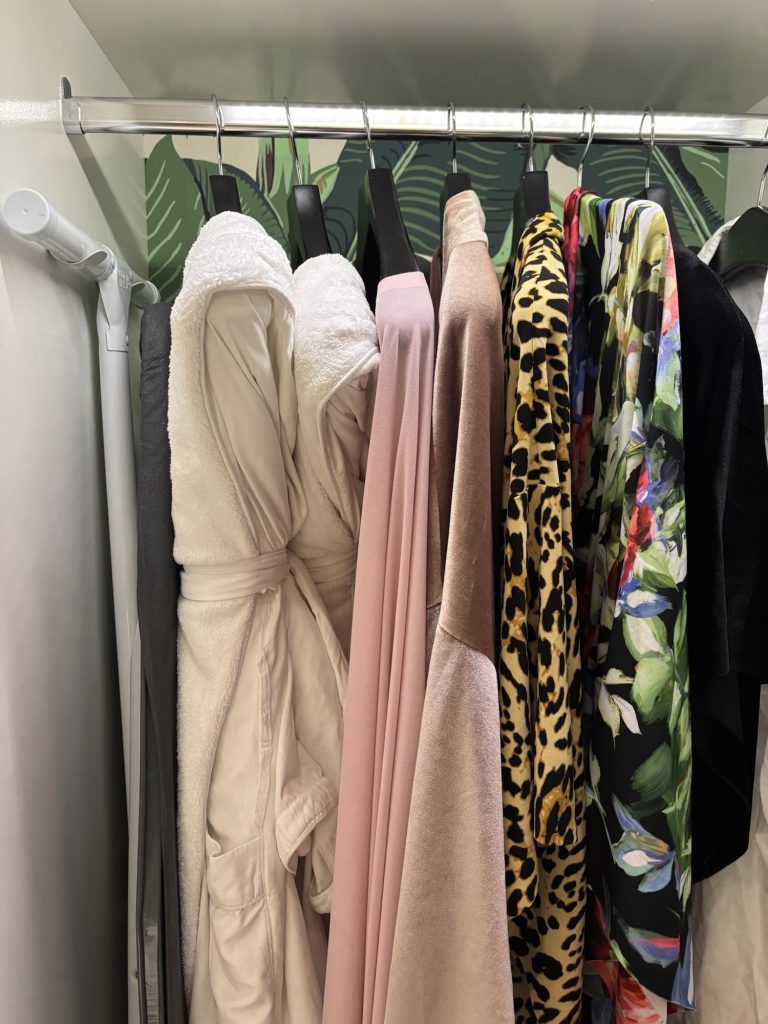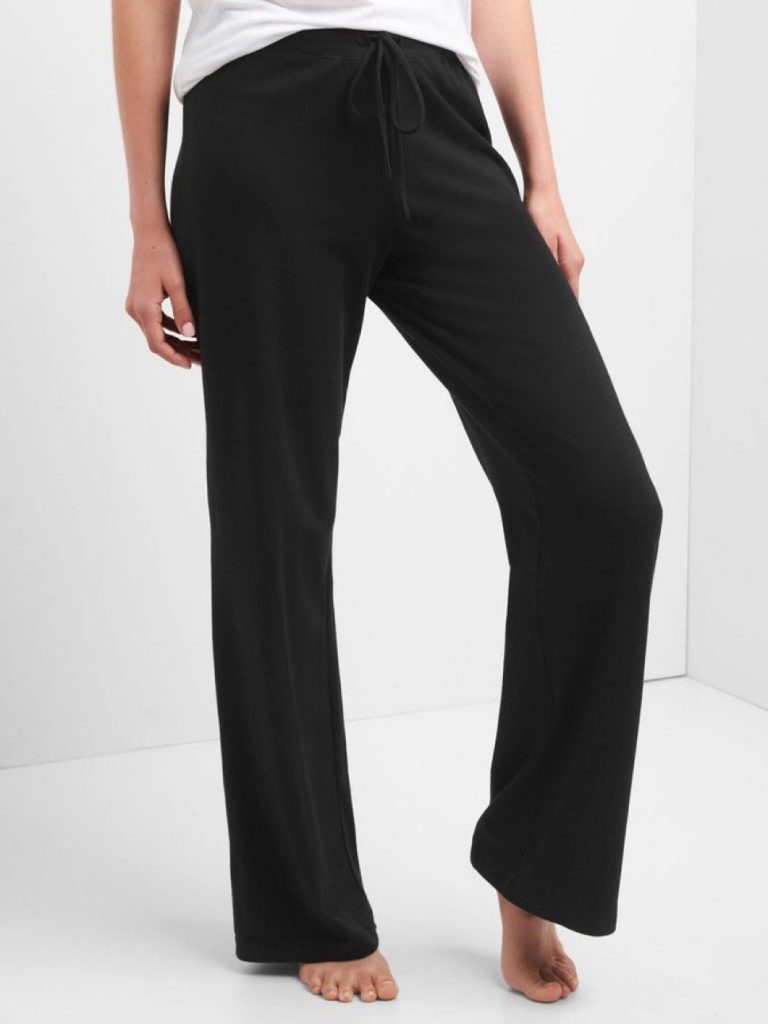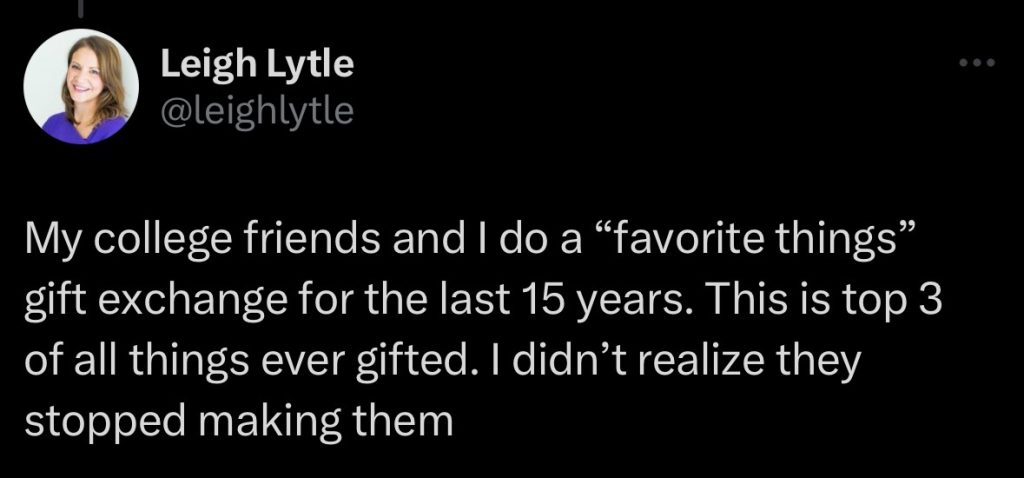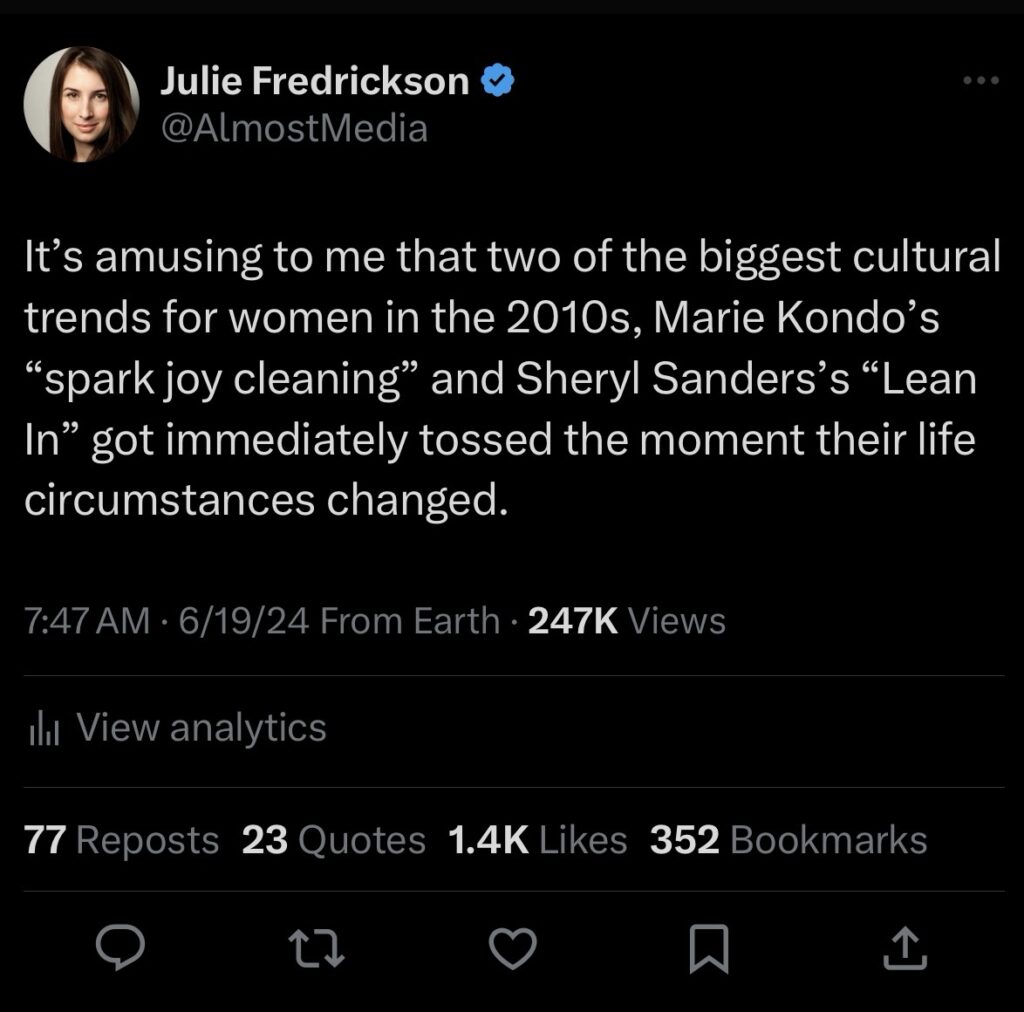I am in Los Angeles for Thanksgiving week. I decided to get a pedicure yesterday. My logic was a larger city would provide better quality at better prices than I can get in Montana so I should make time to get it done here rather than at home.
Bozeman, despite being a college town that doubles as mountain resort town, has relatively limited options for cosmetic services at lower price points.
You can get traveling elite Yellowstone Club services quite easily. We’ve got top notch estheticians, massage therapists and even a tier one city dermatology practice.
But if you want a $30 basic pedicure you are shit out of luck. If appreciate the lower end of market price services and the value of regular cheaper grooming this isn’t Bozeman Montana isn’t ideal.
I have a little trouble with my spine so I appreciate being able to pay for help work task that involves so much bending over. I went on Google and Yelp for some shop triangulation. Being on the bougie West side of town meant locating a salon that was well rated but not fancy was a breeze.
What I did not expect to find was that nail salon had moved almost entirely to gel manicures. I don’t necessarily want that kind of long wear of a gel as it is harder on the nail bed and requires a fuss to get it off.
They only had a handful of regular colors as opposed to the giant wall of OPI or Essie. I picked the one basic pink which when applied I fear is best described as baby hooker pink.
It’s somewhere between a baby shower pink and a trashy mid-aughts white girl pastel attempting the era’s iconic milky Essie Ballet Slipper pink. I’d post a picture of my feet but that seems weird. Hopefully no one has cause to look at my feet as I’m a little embarrassed by the color.

